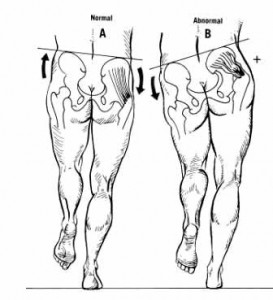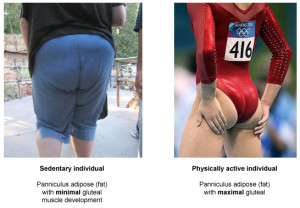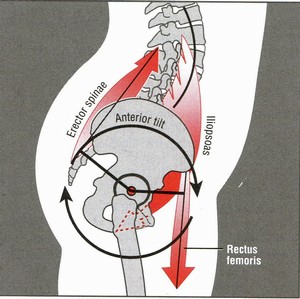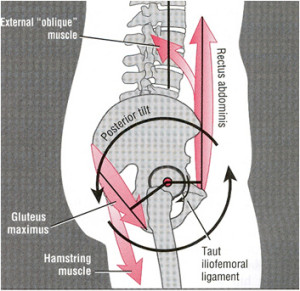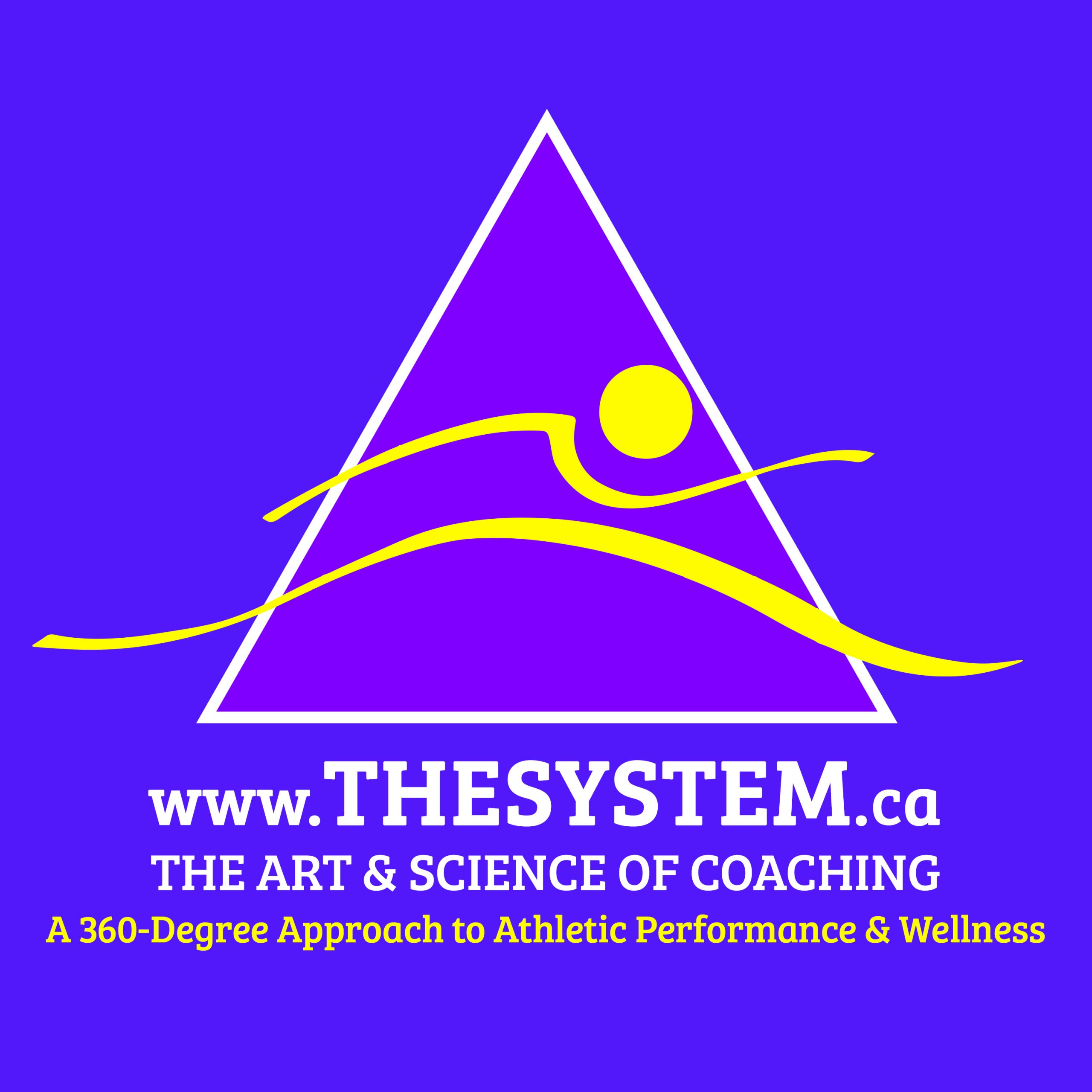PART II
All hamstring injuries are basically the result of one or several of the following attributes:
Tiredness in the athlete
+ Improper balance between stabilizing muscles of the deep hip vs. the prime movers, consequently shifting more stress to the hamstrings
+ Fourth layer fascial distortion, as a result from a previous impact type injury
+ Decreased energy flow and / or decreased function of the Large Intestine
+ Alteration of Left / Right brian dominance and / or over dominance to one hemisphere
+ Eye dominance – contributing to improper Homo-lateral X-patterning misfiring
+ Hand dominance – contributing to improper Homo-lateral X-patterning misfiring
+ Ear dominance (i.e. hearing could be greater in one ear vs. the other) – contributing to improper Homo-lateral X-patterning misfiring
+ Foot dominance – contributing to improper Homo-lateral X-patterning misfiring
+ Weakness in the Extensor Reflex Mechanism stemming from the tightness and / or collapsing of the arches, which could be related to the weakness in the SI joint or all the way up where the neck and skull meet (i.e. base of the Occipital bone)
+ Improper Walking, Running & Sprint Mechanics (Inadequate neuromuscular timing and inter-muscular coordination of the hamstrings/glutes/contra and ipsi-lateral firing of muscles during the switch between late leg recovery and initial leg approach in the swing phase of sprinting) 7
+ Weakness in the inner muscles of the eye, which affect the sensory aspect of posture.
+ Tempo-mandibular Joint issues – it has close approximation to one of the Cranial nerves, thus affecting global posture
+ Concussion to the Vestibular (i.e. ear) & or Occipital / Temporal area, which can affect global posture
+ Improper Arm Drive Mechanics – not enough recoil from the Lats when arm is driving back.
+ Improper rest intervals between sprints (i.e. either too short – not enough time for the CNS to recover OR too long – allowing for ‘cooling down’ thus shutting down the firing rate of the neurons)
+ Improper curve sprint mechanics
+ Improper Warm-up (i.e. not reach a critical body temperature to cause low to medium sweating, improper use of stretching techniques – either too much Dynamic flexibility or too much static stretching – both are correct but it depends on the state in which the athlete’s muscles are in)
+ Too long or too short of a Warm-up (i.e. the former fatiguing the CNS; the later not stimulating the CNS enough)
+ Too much ground contact time during the stance phase of running, which in turn delays the recovery and swing phase of sprinting
+ Too quick a transition from acceleration work (i.e. 0 to 30m) to speed work (i.e. 40m to 60m) + Weak or Stretched ligaments any where in the body
+ Previous Scar Tissue either in the hamstrings or else where from the pelvis down 8
+ Weakness in the hamstrings and / or over dominance of one of the hamstring muscles relative to hamstring group (i.e. over dominance of the outer hamstring vs. the inner hamstrings)
+ Training the hamstrings and other specific muscles with more concentric strength training vs. less eccentric strength
+ Decreased ability of the hamstring muscle, as well as the whole system, to absorb shock and rebound (i.e. less coiling & greater overall metabolic muscle use)
+ Weak Mid Section, Glutes & Lower Back
+ Weak & Immobile Feet, Toes & Ankles
+ Shifting of tightness in the glutes, groin, hamstrings, calves, Achilles, lower back, neck
+ Ignoring peripheral nerve entrapments of the lower body (i.e. anatomically there are specific areas in the lower body where nerves travel in between muscles and ligaments, and when the muscles tighten or the ligament is shorted, it will slightly compress the nerve to create muscle weaknesses and alter muscle firing)
+ Negligence in ignoring symptoms of slight soreness in the hamstring and the calf muscle 6
+ Lower back (i.e. disc, facet joint, bone distortion) Sacro-illiac pathology (i.e. ligament, bone distortion) — abnormalities that potentially cause nerve dysfunction, which in turn lead to muscle weakness and altered posterior chain muscle firing
+ Anteriorly Rotated Pelvis creating a ‘stretch muscle weakness’ of the hamstrings while in a standing posture
+ Posteriorly Rotated Pelvis creating a ‘shortened muscle weakness’ of the hamstrings while in a standing posture
+ Too advanced training program for the athlete
+ Too much Speed volume too soon, especially up to the 50m mark
+ Training Speed when the CNS is ‘down’ / tired
+ Too many Competitions coupled with too much training between competitions
+ Too many exercises / skill elements for CNS to process
+ Training the hamstrings in the weight room with too much concentric slow contractions (i.e. Body Building load and tempo – note the hamstrings are primarily composed of white fast twitch Type II muscle fibre, thus fatigue faster but also produce more force)
+ Adding Sprinting after weight training or long low intensity tempo work
+ Adding the first Sprint training either in the middle or the end of the week after weights and tempo
+ Poor playing surfaces (i.e. wet slippery surfaces will put more strain on the hamstring due to slipping)
+ Sprinting in cold weather
+ Training programs executed on too hard surfaces for a long a period of time (i.e. not enough running on grass or pool running)
+ Not factoring in the sprint volume done during the practice and games of speed-power sports (i.e. football, rugby etc…), then adding more volume during specific Sprint training sessions
+ Not enough daily regeneration (i.e. Massage, Sauna etc….)
= Injury or Increased Injury potential
Please visit www.TheSystem.ca for more informative articles.


